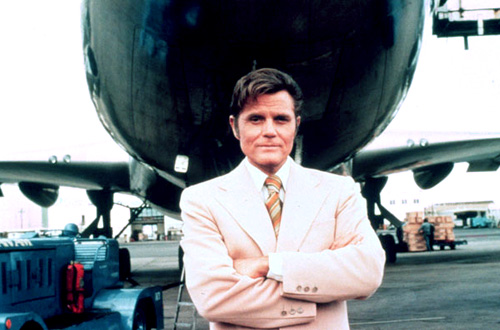
Fall season pilot episodes are always a dicey thing for critics to write about, because you never know what the networks will change before the show finally hits air. One year, an ABC sitcom actually changed a male character in spring's original pilot to a female character in the reshot fall episode that eventually introduced the series -- without alerting critics to the change. Oops.
(In an ideal world, critics would watch every single version of the pilot the network provided. But an ideal world would have 38 hours in the day to match the number of this fall's new shows.)
So now that critics are writing about the 2010 Hawaii Five-0 pilot's awful "update" of the show's iconic theme music, CBS has re-recorded the pulse-pounding tune to sound more akin to that of Jack Lord's original 1968 series.
The reboot's reboot sounds much better, restoring the brawny horns-and-percussion attitude of composer Morton Stevens' Top 10 hit from 1968, replacing a tinny electronic version that was probably supposed to feel more current and just felt more wimpy.
Let's see what they do with the visuals, however. Those were just as bad in the first pilot provided to critics after the May upfronts, layering pseudo-computer crosshairs over the images and glomming up the screen with multiple frames.
The 1968 Hawaii Five-0 credits sequence remains a thrilling piece of montage filmmaking, with images of Hawaii flashing and whizzing by in a dynamic promise of the scenery/action to follow in the location-shot show itself. It actually moves like a proto-music video, mirroring the music and maintaining interest every single second -- no, every single frame.
This sequence was "visualized" (that's the closing credit) by Reza Badiyi, who would become a busy director working on everything from Mission: Impossible to The Rockford Files to Police Squad! to Star Trek: Deep Space Nine and Sliders.
He's 80 now, but heck, bring him out of retirement and give him another shot. Anybody who could produce a minute of such brilliance that it's still thrilling 40 years (and 100s of viewings) later deserves the nod.
Now, the compare-and-contrast.
Here's the 2010 H50's early pilot credits sequence:
Here's the re-recording session for the more robust audio:
And here is Badiyi's 1968 masterpiece: